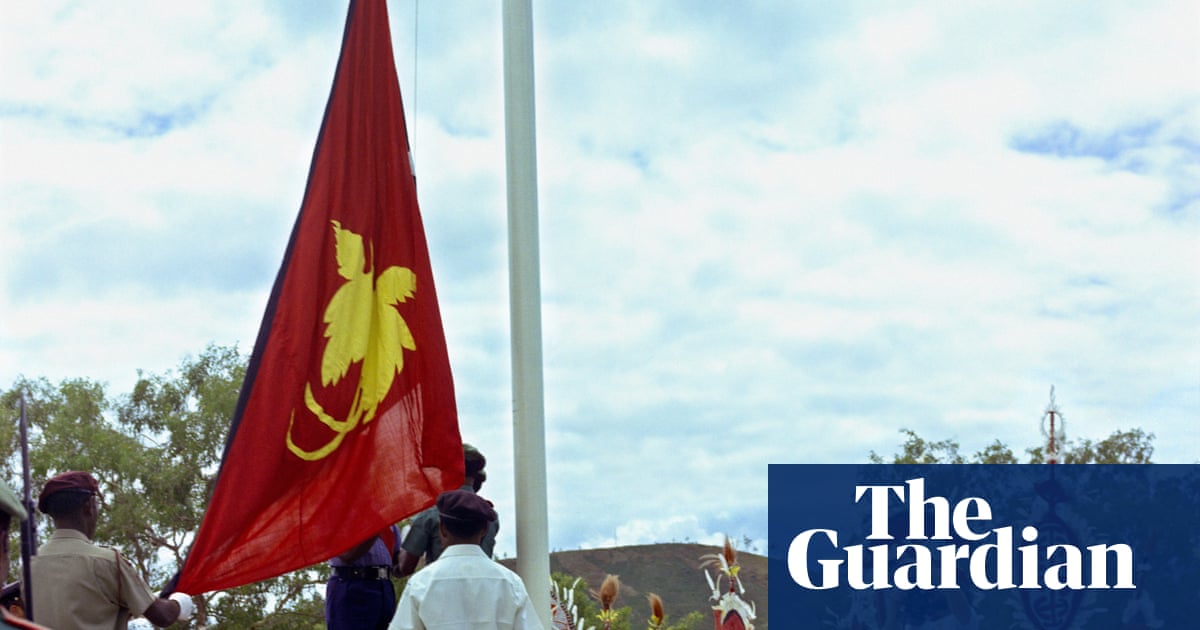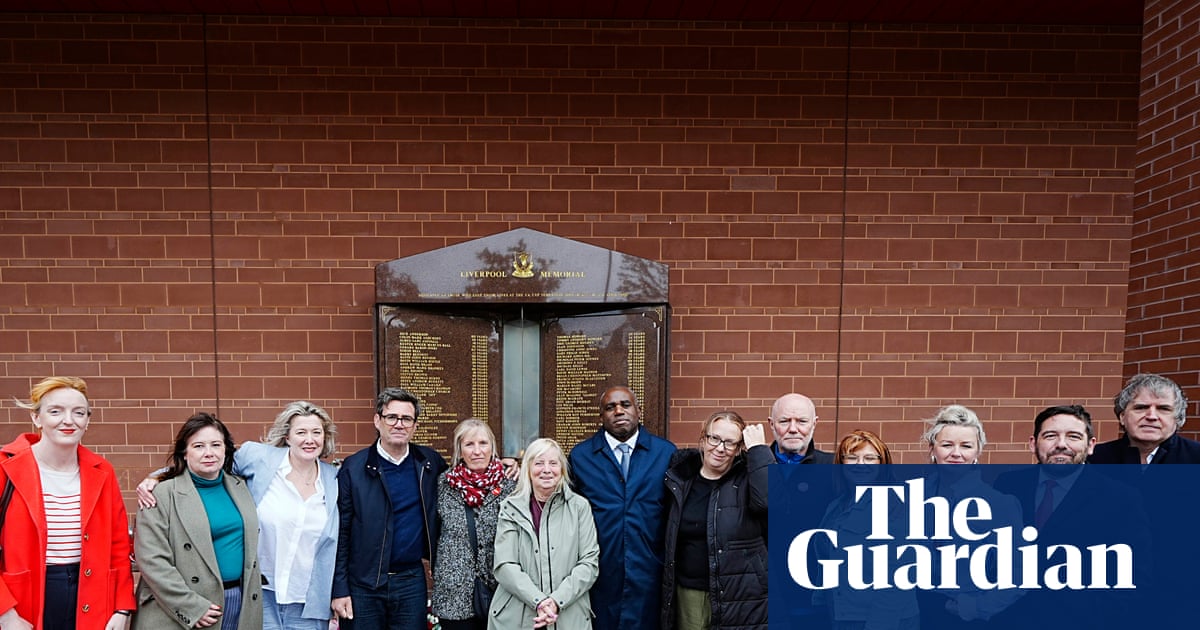I haven’t found an hour when I don’t love a bog. Recently, after a night of counting rare caterpillars in Borth in Mid Wales (they come out only after dark), walking back to the car under the glow of a flower moon, I wondered if 2am was my new favourite. I felt very safe, held by the bog’s softness, and everyone that was out at that hour seemed to have a sense of humour. I met a nightjar hopping around on the ground, pretending, I think, to be a frog.
But there is also something about the humidity of a languid afternoon on a bog, when everything slows and fat bumbles hum, that is surprisingly good. I have done freezing horizontal rain and thick, cold-to-your-bones fog and wind so howling that I couldn’t think. All of those were hard, but I did come away feeling truly alive.
I have travelled to the tip of Scotland and far beyond to visit bogs. In all the hours, days and weeks I have spent on them, I have learned that time behaves differently. It stretches out like the bog landscape, seeming to still the world beyond. There is something very special about that.
Like many of us, I came to know bogs not by visiting one, but by ripping open a bag of compost and plunging my hands into the soft, dark peat. Then I learned that there was more to peat than an amiable bed in which to coax a plant to grow. It is ripped from a living, breathing entity with complex ways and wants. We sneer at bogs, we tease them and drain them, scrape at them and pillage them, but give them back their waters and they care not just for the creatures that live on them, but those much further afield.
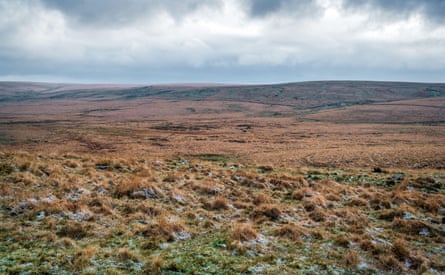
There is more carbon stored in peatlands than in all the above-ground vegetation in the world. They account for 3% of landmass, but hold at least 30% of soil carbon. Seventy per cent of the UK’s drinking water starts its journey on peatlands, where the bogs not only filter but also slow water, helping to mitigate flooding. This is why draining, extracting and turning peat into agricultural land has consequences. Roughly 80% of the UK’s peatlands are damaged, polluting our water, exacerbating flooding and increasing the risk of fires.
But this knowledge doesn’t stop us using extracted peat. Sure, I don’t buy peat compost, but I have eaten fresh cultivated mushrooms (most large-scale growing is done in peat), bought supermarket basil (usually peat-grown), “saved” numerous discounted houseplants (only about 11% of houseplants are truly grown peat-free) and eaten lettuce, celery, potatoes, carrots, peas, beans and tomatoes, some of which are grown in the UK on drained peat, as well as crisps, biscuits, cakes and chips made with palm oil grown on drained peatlands in south-east Asia. Most of us are complicit in damaging, extracting and wasting peat, despite years of writing, campaigning, shouting and imploring.
I decided I would get to know the bogs, to learn their ways and stories and see if a different song might stir the soul. Bogs are magical in many ways. These ancient beings are much more than their brown flatness suggests from a distance. Below the surface, they seduce water with their engineering. Under every bog is a sea held in suspension, so when you walk over a bog you are truly walking on water. It is why they wobble when you jump up and down on them. They are nature’s answer to a water bed. Don’t jump, though – they are fragile places. It takes an average of 25 years for a footprint to disappear.
What is a bog? Well, there are many types of peatlands, but broadly speaking peat is either fen or – more frequently – bog. A fen is alkali: it gets its water from a ground or surface source and is flushed with minerals because of it. A bog is acid: it is fed entirely by the sky, which means it is very poor in nutrients. Bogs form in wet places, where the humidity and rainfall are high and evapotranspiration (the combined process where water moves from land to air) is low.
Many of them start life as a depression, a hollow or a dip in the land that starts to fill with water. The rock below is hard, often impervious, such as granite, and the water pools. As the climate and world around it change, things begin to grow around the bog: plants spring up, die, fall in the water. The dip starts to fill with rotting organic matter, creating oxygen-poor, acidic conditions. Most things don’t want to grow in waters that are turning acidic, but mosses don’t mind; in fact, they thrive. This is particularly true of bog mosses, which are from the genus Sphagnum. The mosses creep in, the rain continues to fall and the bog is born, made up of plants, mostly mosses, some rushes and a few shrubs, living and dying, but not completely rotting. This is what peat is: partially decomposed organic matter. When it is wet, it is happy; when it is drained of water, it starts rotting again.
A similar process happens with fens. But whereas peat is extracted from bogs to be used for compost, most of our lowland fens have been drained for agriculture. That flush of minerals from the groundwater makes them fertile places, once drained.
Peat in the northern hemisphere is mostly made up of mosses. They call the shots; they are the ecosystem engineers. These tiny, centimetre-high plants are alchemists, taking only what falls from the sky and creating a kind of immortality for themselves as they strive to be dead and alive at the same time. They do this by pickling themselves and everything that falls into the bog in acid, which means nothing entirely rots away. The bog mosses’ pickle juice also prevents bigger plants from doing too well and shading out the moss.
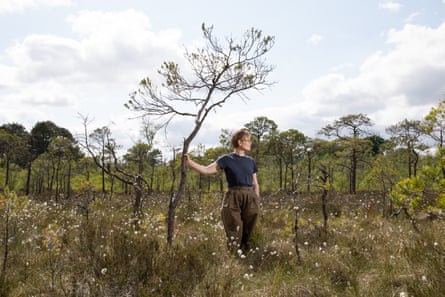
The mosses do this in such style, too. They don’t stick to the run-of-the-mill green – they come in every jewel tone imaginable: golds and oranges, neon-green emeralds, lobster pinks and deep wine reds, in russets and chestnut browns, their colours turning with the seasons, deepening across the summer. What appears flat from a distance up close rises and falls in miniature mountains of hummock-type mosses, with valleys, pools and lawns of looser types.
The things that live on and in this world have run with this otherworldly theme. There are the giants: bog bush-crickets with their huge antennae; emperor moths with their peacock-like eyespots on their wings; darters, damselflies and dragonflies of all colours that often come to peer at you curiously if you sit for a while.
This is to say nothing of the green-eyed horseflies, which are a terrifying size, although it is hard to not be beguiled by their giant emerald eyes. There are frogs, toads, lizards, snakes and so many spiders, including one of Britain’s largest, the raft spider. Spend long enough at a bog pool and you might spot one floating, waiting for the vibrations of prey, only to run across the surface of the water and pounce. They go for prey as large as tadpoles, but if you frighten them, they dive and swim underwater. Imagine that – a swimming spider!
These are just the easy-to-spot guys. There is an abundance of tiny insects: pseudoscorpions, gnats, midges (not all of which bite), strange-looking larvae and tiny micromoths that flit about. These bring an abundance of other wings. Peatlands are hugely important habitats for birds: hen harriers, golden and white-tipped eagles, merlins, owls, jack snipes, golden plovers, curlews, lapwings, pipits, snow buntings, grouse, dunlins, redshanks and, at coastal edges, strange-looking ducks. A chorus of beings in full song for those intrepid enough to venture in.
For that is the thing about bogs: they are not hugely interested in wowing you. The mountains have good views and the forest has majesty; the sand dunes sculpture and the wildflower meadow an easy romance. But the bog is quite happy to be passed over – it will share its best secrets only with those who carefully tiptoe in and are patient enough to wait a while to see what comes out once they have settled down.
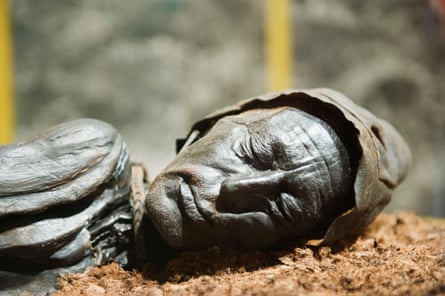
The bog has other secrets, too: underneath this living layer, preserved in all that peat, is an archive of our past doings. A healthy bog grows just a millimetre a year, which puts in context anyone who tries to argue that cutting peat is sustainable. It is important to remember that less than 13% of our bogs are considered healthy, or in a near-natural state. But each millimetre is a record of everything that happened that year: it holds big data, such as fragments of moth wings or pollen and seeds, and tiny microbe data, such as all the amoeba that dined on the semi-rotting plant material before it got weighed down by water. This allows scientists to take a core sample and tell you what the climate was like 6,000 years ago, which plants grew there, which moths fluttered and which bees buzzed, who crawled over and passed by.
There are other buried treasures. The most famous are the bog bodies, including Denmark’s iron-age Tollund Man and Ireland’s bronze-age Cashel Man, but you can also find hoards of coins, jewellery and weapons, as well as pots and pans, fishing nets, whole canoes, carts and cartwheels and even butter. When our ancestors buried all this, they knew it wouldn’t disappear or rot away. It is believed that this is why so much of it is decommissioned, broken and bent, just in case the bog was a portal to another world and the undead might be able to use it when they rose again.
Ritually buried bog butter is often found near bog bodies. It represents such a huge amount of milk to a culture only just beginning to farm that if it wasn’t a gift to the gods, perhaps it was a gift to the bog itself. The bog certainly represented seasonal abundance for those who knew where to look. It was a source of plant medicines, dyes and fibres. Then there is the rich foraging opportunity: cranberries, bilberries and cowberries, as well as all the meat and eggs from otters, fish and fowl. Not an easy place to get on or off, but useful nevertheless.
The reverence our ancestors felt for bogs is a lesson we need to remember. They aren’t barren or desolate, although many are certainly remote. They shouldn’t be drained or burned to make them productive, nor should they be extracted from. What they need is our respect, because peatlands are the air-conditioning units of the world. Their long-term storage of carbon and filtering of water is helping to keep our climate cool. And no one needs the air-con turned off now.
Six of Britain’s best bogs
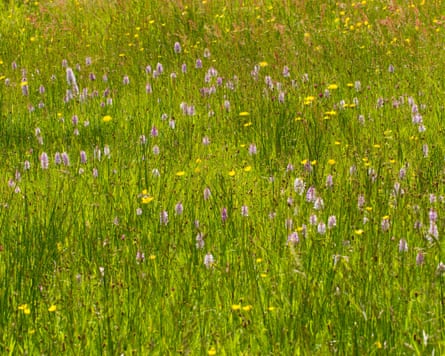
Cors y Llyn near Builth Wells in Powys is a great example of a quaking bog, with strange, stunted ancient Scots pines growing on it. This perfect little bog is surrounded by wonderful orchid meadows (above) and you can nearly always find wild cranberries creeping over the mosses. There is an accessible boardwalk.
The Flow Country of Caithness and Sutherland is a Unesco world heritage site and perhaps the crown jewel of the UK’s peatlands. The biggest blanket bog complex in Europe, it is rich not just in bird life, but also in neolithic structures. Start at the RSPB Forsinard Flows reserve.
Swarth Moor is a raised mire next to the village of Helwith Bridge in Ribblesdale. It is home to three nationally scarce species of dragonfly – black darter, common hawker and emerald damselfly. There is well-surfaced bridleway around the southern edge, leading to a viewing platform that gives you a peatland vista without you getting bogged down.
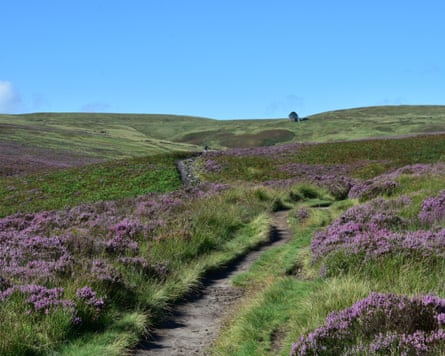
The South Pennines is good peat country, with moors galore. Highlights include the moorlands around Gunnerside village, Haworth Moor (above, of Wuthering Heights fame) and Tarn Moss, a raised bog owned by the National Trust.
Marches Mosses, a group of lowland raised bogs on the border of Wales and Shropshire, are not without the scars of human intervention – peat cutting, drainage for agriculture, forestry – but still there is a wealth of peatland wildlife, particularly damselflies and dragonflies. There are trails around Bettisfield Moss, Wem Moss and Fenn’s and Whixall mosses.
Dartmoor in Devon is a vast upland area of peat; much of it is damaged and dominated by purple moor grass, but restoration work is changing this. The visitors centre at Postbridge has Tor Royal Bog, the only raised bog in Devon and Cornwall, while the nearby Fox Tor Mire is a good example of a valley blanket bog.

.png) 2 months ago
23
2 months ago
23

